By C. Elkins, OK Math and Reading Lady – with adaptations from Marie Clay and Scholastic
Taking a running record is written documentation of a child’s oral reading. It consists of listening to a child orally read a passage while you document it as best you can on paper. As the listener, you note errors (such as omissions, insertions, substitutions), pay attention to strategies they are using or neglecting, and are alert to what is easy and what is hard. Many publishers now provide a written page of the text for you to keep track of the child’s reading page by page, while experienced notetakers can do it at a moment’s notice on any blank paper.
I attended a Reading Recovery workshop about mid-way into my teaching career, and heard from two teachers who described how to take a running record and then analyze the results to determine which strategies students were using or neglecting. That one workshop forever changed how I listened to my students read, and how I talked to parents about their child’s reading successes or difficulties. About 8 years after that I had formal training in Reading Recovery methods, and subsequently completed a Masters in Reading . . . all because of that workshop! I learned all mistakes are not equal and provide a huge clue as to what cueing system a child is using. I learned that I can help steer a child toward a neglected strategy by carefully crafted teacher prompts. I learned that there are much more effective prompts than the standard, over-used: “Sound it out.”
The benefits of running records
- Identifies accuracy of reading (independent, instructional, or hard)
- Provides a record of strategies used, errors, corrections, phrasing, fluency
- Helps teachers identify cueing systems the child is using / neglecting (meaning, visual, structural)
- Documents progress over time
- Can help determine a level for guided reading purposes (Fountas and Pinnell, Reading A-Z, DRA, etc.)

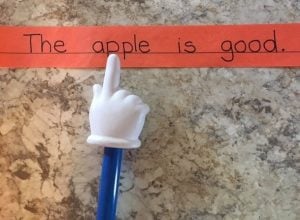 When tracking, does their finger stay under a 2-syllable word until it is finished, or are they moving from word-to-word based on the syllable sounds they hear? In the sentence shown, does a student move their finger to the next word after saying ap- or do they stay on the whole word apple before moving on? Students in the early Letter-Name Stage (ages 4-6) start to understand this concept. It becomes more fully developed mid to later stages of Letter Names (ages 5-8).
When tracking, does their finger stay under a 2-syllable word until it is finished, or are they moving from word-to-word based on the syllable sounds they hear? In the sentence shown, does a student move their finger to the next word after saying ap- or do they stay on the whole word apple before moving on? Students in the early Letter-Name Stage (ages 4-6) start to understand this concept. It becomes more fully developed mid to later stages of Letter Names (ages 5-8).
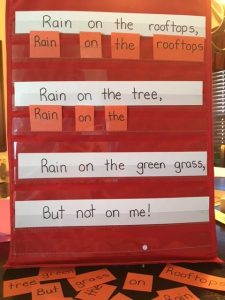






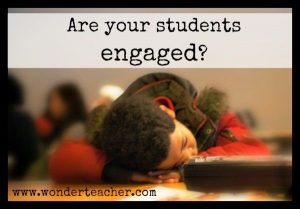 look like? The student . . .
look like? The student . . .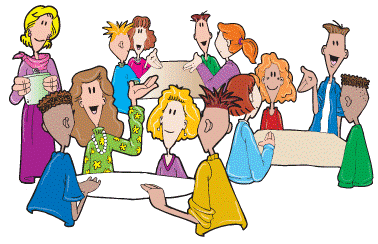
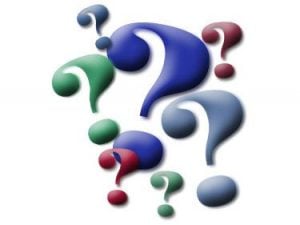 instead of always waiting for the teacher to ask. Asking a question is much like having a conversation with yourself. Students can write questions on post its, a book mark, an index card, or on a piece of butcher paper hung in the classroom (for multiple questions).
instead of always waiting for the teacher to ask. Asking a question is much like having a conversation with yourself. Students can write questions on post its, a book mark, an index card, or on a piece of butcher paper hung in the classroom (for multiple questions).
 Each student thoroughly researches one word from the vocabulary list (definition, synonym, antonym, use in sentence, pronunciation, part of speech, and illustration). They become the expert about that word and teach it to others.
Each student thoroughly researches one word from the vocabulary list (definition, synonym, antonym, use in sentence, pronunciation, part of speech, and illustration). They become the expert about that word and teach it to others.

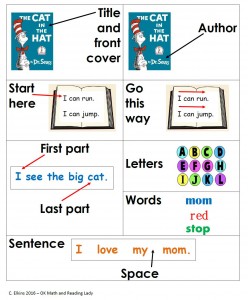
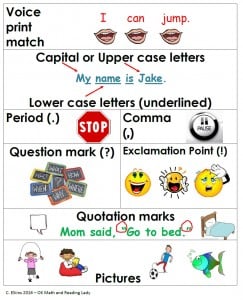
 The third cueing system is the use of visual cues (V) to decode words. This means the reader is mostly focused on how a word looks. A best-case scenario is when the student is cross-checking by using meaning, structure, and the visual aspects of the word to make a correct response. See previous posts regarding Part I (Meaning) and Part II (Structure).
The third cueing system is the use of visual cues (V) to decode words. This means the reader is mostly focused on how a word looks. A best-case scenario is when the student is cross-checking by using meaning, structure, and the visual aspects of the word to make a correct response. See previous posts regarding Part I (Meaning) and Part II (Structure).